TI Tag-it HF-1 Plus Card, TI2048 Card.
Tag-it HF-I Plus Transponder IC
The Tag-it HF-I Plus Transponder IC is part of TI’s 13.56 MHz product family, which is based on the ISO/IEC 15693 standard for contactless integrated circuit cards (vicinity cards) and ISO/IEC 18000-3 standard for item management. The Tag-it HF-I Plus Transponder IC builds the basis for various available inlay shapes, which are used as consumable smart labels in markets requiring quick and accurate identification of items, such as:
· asset tagging
· electronic ticketing
· anti-counterfeit prevention
· distribution logistics and supply chain management
· building access badges
· express parcel delivery
· airline boarding pass and baggage handling
User data is written to and read from memory blocks using a non-volatile EEPROM silicon technology. Each block is separately programmable by the user and can be locked to protect data from modification. Once the data has been ‘locked’, then it cannot be changed.
To give some examples, information about delivery checkpoints and timing, place of origin/destination, pallet assignments, inventory numbers and even transportation routes can be coded into the transponder.
Multiple transponders, which appear in the Readers RF field, can be identified, read from and written to by using the Unique Identifier (UID), which is programmed and locked at the factory.
Description
For operation, a reader with antenna is required to send a command to the transponder and to receive its response. The command of the Reader can be either in addressed or non-addressed mode. The Transponder does not transmit data until the reader sends a request (Reader talks-first principle).
The Tag-it HF-I Plus Transponder IC is compliant to the ISO/IEC 15693 and ISO/IEC 18000-3 standard. To build a complete transponder, the Tag-it HF-I Plus Transponder IC has to build a resonance circuit with the external antenna it is assembled on (e.g. an etched aluminium antenna).
The Tag-it HF-I Plus Transponder IC is a low power, full duplex Transponder IC for use with passive contactless identification transponder systems.
The transponder IC is designed to operate with a 13.56 MHz carrier frequency. The ISO standard defines, for some communication parameters, several modes in order to meet different international radio regulations and different application requirements. Therefore, communication between the reader and the transponder (Down-Link communication) takes place using ASK modulation index between 10% and 30% or 100% and datacoding (pulse position modulation) ‘1 out of 4’ or ‘1 out of 256’.
According to ISO 15693 Up-Link communication (Transponder to Reader) can be accomplished with one subcarrier (ASK modulation) or with two subcarrier (FSK modulation). Both modes (ASK and FSK) can operate with either high or low data rate. The transponder answers in the mode it was interrogated from the reader and supports all communication parameter combinations. Up- and Down-Link are frame synchronized and CRC check sum secured.
Each Tag-it HF-I transponder has a ‘unique’ address (UID) stored in two blocks, which are factory-programmed and 64 bits long (=264 different addresses). This can be used for addressing each transponder uniquely and individually for a one-to-one exchange between the reader and the transponder. A mechanism to resolve collisions of a multiplicity of transponders (Anticollision) is also implemented. This special feature allows multiple transponders to be read simultaneously and offers the capability to inventory in a very short time a large number of transponders by their unique address, provided they are within the reader operating range.
Also, the Application Family Identifier (AFI) and the Data Storage Format Identifier (DSFID), which are optional in the ISO15693 are supported by the Tag-it HF-I PlusTransponder.
For more details about the communication between reader and transponder see ISO 15693.
Besides the ISO15693 defined functionality, the Tag-it HF-I Plus Transponder IC supports a range of additional specific functions, providing additional application flexibility for the customer:
· A second lock bit per block is designated for “Factory Lock.” That means that every block of the user memory can be factory locked during production.
· The ISO Inventory Mode command has been defined in the standard as a stand-alone command to receive DSFID and UID. For more system flexibility, the Texas Instruments Tag-it HF-I PlusTransponder also allows the combination of the Inventory command with other commands.
· Besides the ISO 15693-3 defined commands, TI has implemented additional manufacturer specific commands.
Memory Organization
User data is read and stored in a 2 kbit non-volatile user memory that is organized in 64 blocks. Each block with 32 bit is user programmable and can be locked individually to protect data from modification. Once set, the lock bit cannot be reset. The user memory is field programmable per block. Two levels of block locking are supported: Individual block locking by the user (U) or individual block locking of factory programmed data (F) during manufacturing. Bit 2 of the “Block Security Status” Byte defined in ISO 15693-3 is used to store the Factory Lock Status of the Block. Block locking irreversibly protects the locked data from any further reprogramming. A factory-programmed block contains the IC reference and the physical memory info (Block size and Number of Blocks).



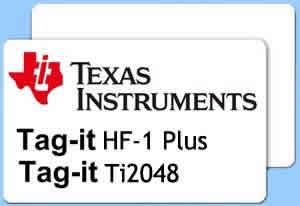
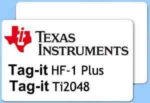
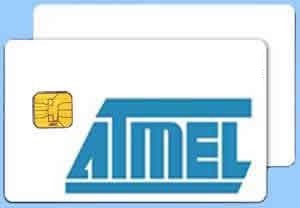
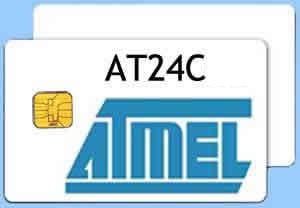
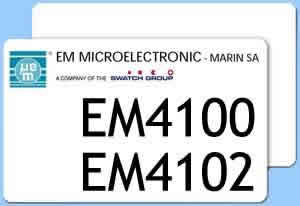
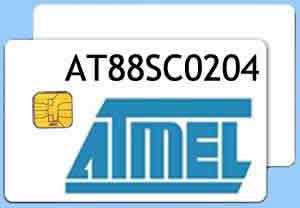
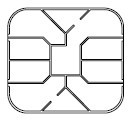
Reviews
There are no reviews yet.